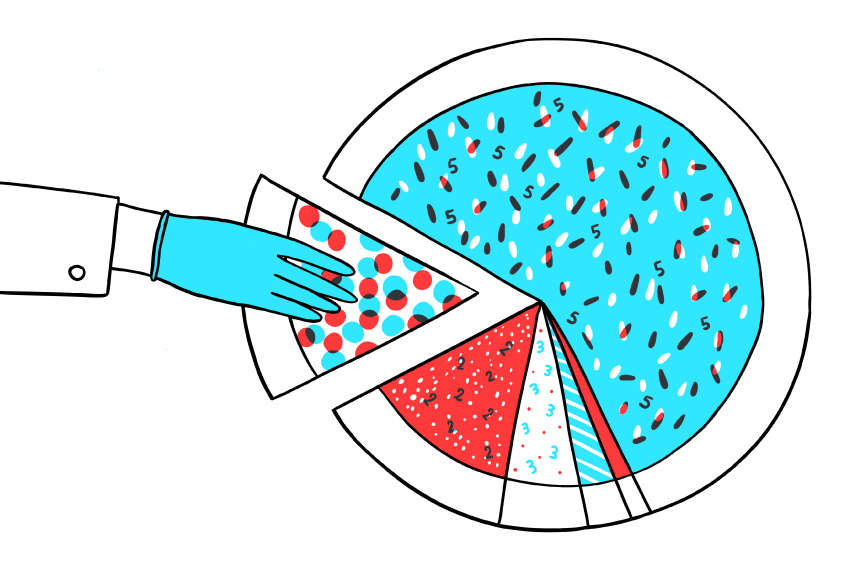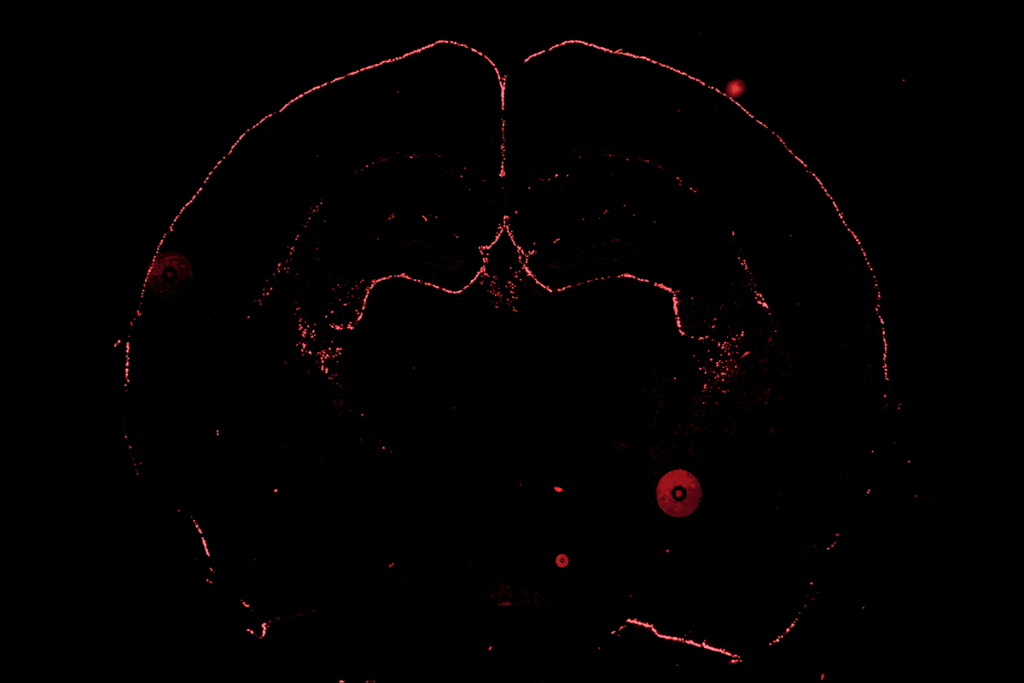Welcome to the first edition of the By the Numbers Newsletter! At Spectrum, we do our best to summarize the latest autism research findings — and sometimes the best summary comes in the form of a chart or map. In this newsletter, we boil down interesting new research that is conveyed most succinctly by way of simple data visualizations.
Let us know what you think of the newsletter, or tell us about your own data-rich work, at [email protected].
COVID-19’s effect on autism research, quantified
In March 2020, as the coronavirus pandemic closed labs and stalled ongoing studies, some journal editors predicted a bump in submissions from researchers working at home. To find out if those predictions bore out, Spectrum contacted editors at 27 journals that publish autism research; 10 responded with observations or data about 2020.
Seven editors reported an increase in paper submissions compared with 2019, and no one reported a decrease. The Science journal family, for example, received 38,364 submissions in 2020, compared with 28,879 in 2019 — a boost of nearly a third. But many editors noted that increases are slowing down as the pandemic stretches into its second year.
Researchers had an increased appetite for reading in 2020, too, journal editors reported. Autism Research, for example, noted a 16 percent increase in paper downloads since the end of 2019, with a particularly intense reading period during the 2020 holiday season. The journal also saw a bump in subscriptions in every month of 2020 after March — overall, a 24 percent increase.
Editors saw fewer submissions than expected about the pandemic’s impacts on autistic people and autism therapies, which suggests the increases were driven largely by changes in researchers’ habits and not new opportunities. “Because we were all so unprepared, it was difficult to conduct rigorous research on the effects of the pandemic on autistic people and their families,” says David Mandell, editor of Autism, which received 29 pandemic-related study submissions. “They’re doing their best.”
One thing scientists had less time for was reviewing papers. Christina Nicolaidis, editor of Autism in Adulthood, reported having more difficulty than usual finding researchers who were available for peer review, which sometimes slowed down the turnaround time on submissions. “I think everyone is stretched extremely thin right now,” she says.
Men dominate the upper ranks of child psychiatry
Women make up the majority of child and adolescent psychiatry residents and practicing child and adolescent psychiatrists, but they hold just a small proportion of full professorships and other senior roles in the field, according to a new study. The researchers combed through online databases and university websites to tally up the field’s junior and senior faculty. Although more than half of lecturers and instructors are women, they hold less than one-third of the full professorships and just 14 percent of the endowed faculty positions in the field, the results show.
“From these data, we must conclude that we have a problem with retention and/or advancement of female faculty in child and adolescent psychiatry,” the researchers wrote in the study, citing workplace discrimination and unequal distribution of childcare responsibilities as possible reasons for the drop-off.
The findings appeared in the Journal of the American Academy of Child & Adolescent Psychiatry in March.
Spectrum story spotlight: Many U.S. counties lack autism therapists
Research supports the use of applied behavior analysis, or ABA, as a therapy for autistic children, and insurance covers the practice in all 50 U.S. states and Washington, D.C. So why do some families wait months to access it? Uneven distribution of certified therapists across the country may play a role, according to new research.
Data from the U.S. Department of Education and the Behavior Analyst Certification Board suggest that more than half of U.S. counties lack a board-certified behavior analyst who can deliver the therapy. Traveling to a neighboring county might not be an option, either: More than 300 counties also lack BCBAs in the counties around them. Even in counties with BCBAs, there may not be enough to serve all the autistic children who stand to benefit from ABA: The ratio of autistic children to therapists varies from fewer than 18 up to 328 children per therapist.
“If we’re saying that prevalence of kids with autism is an indicator of demand, then the supply is not there in many counties,” says Marissa Yingling, assistant professor of social work at the University of Louisville in Kentucky, who led the study.
The findings appeared in March in Autism.
Spectrum index:
8 percent: The proportion of autistic children aged 2 to 5 prescribed psychotropic medication, according to a caregiver survey for more than 760 children. More than half of these children took medication without ever having behavior therapy.
Two-thirds: The proportion of young adults with autism who reported COVID-19-related distress in the early months of the pandemic, according to a survey of 275 autistic people. Autistic women were twice as likely as autistic men to report that the pandemic had taken a toll on their mental health.
7 million: The number of English schoolchildren included in a nationwide autism prevalence study, published in March in JAMA Pediatrics. Researchers found that 119,821, or about 1.8 percent, of the children had been diagnosed with autism. (Read more about the study.)
Dataset spotlight: The IDD Age at Death Data Tracker distills data from the U.S. Centers for Disease Control’s National Vital Statistics System into clear picture of early death among people with intellectual and developmental disabilities. The data are classified by race, sex, condition and location, allowing for an even more nuanced look at this diverse group.





